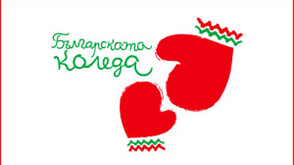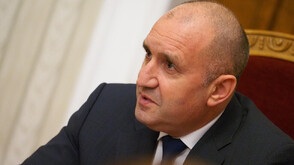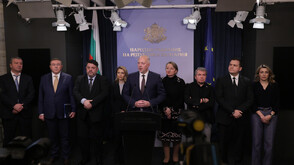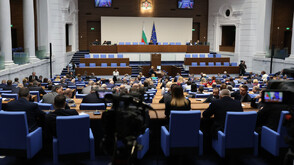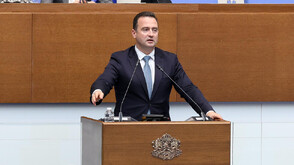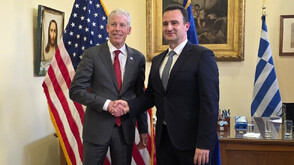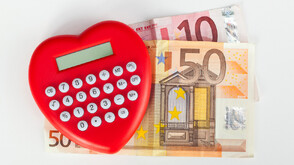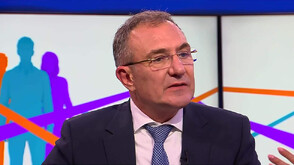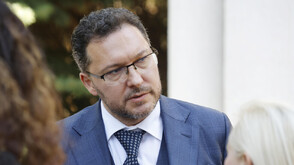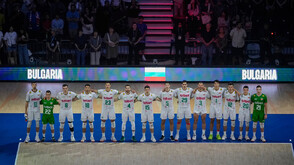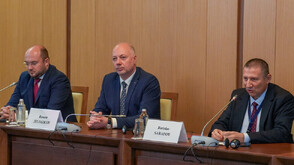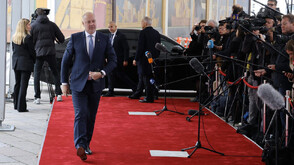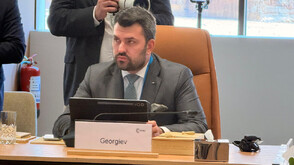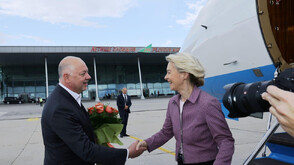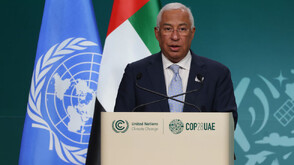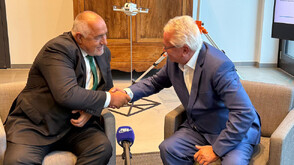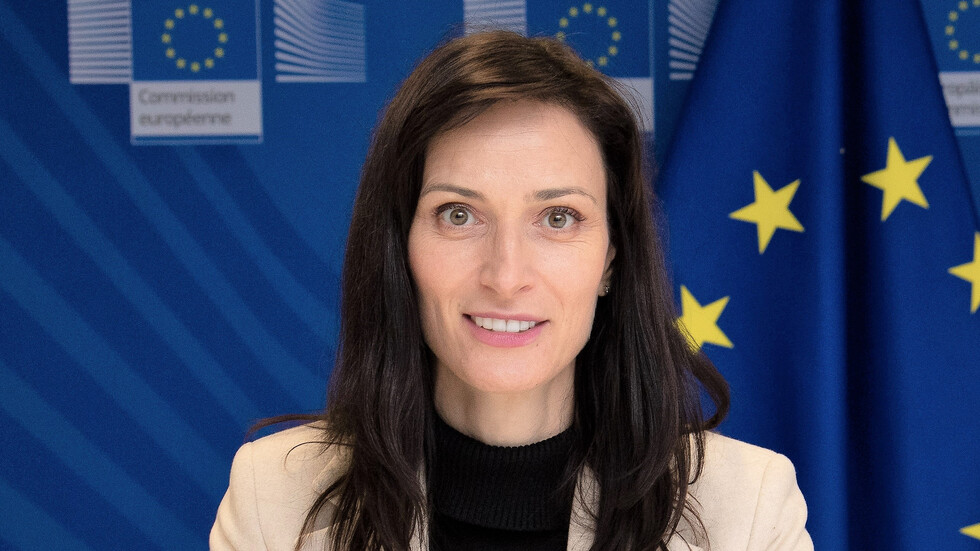
Millions of volunteers opened their homes and showed solidarity with Ukrainians
Joint op-ed by
Margaritis Schinas - EC Vice-president on Promoting our European Way of Life
Mariya Gabriel - EU Commissioner for innovation, research, culture, education and youth
Since Russia’s invasion of Ukraine started on 24 February, more than 6.5 million people from Ukraine have sought refuge in the European Union. The majority are women with school-aged children, having had to leave their belongings, loved ones, and a stable life behind.
As Ukraine’s immediate neighbours and allies, we in the European Union know we have a unique responsibility to help. From the very first moment of this crisis, our priority was to ensure that Ukrainian children and families feel welcomed in the EU. This is why millions of volunteers opened their homes and showed solidarity from day one. The epitome of that solidarity has been the activation for the very first time in history of the EU’s Temporary Protection Directive – a tool allowing us to grant an immediate protected status to the millions fleeing the war.

Part of that status is a right to education: all refugees from Ukraine who are under 18 years old and eligible for temporary protection have the right to education and training within the EU’s education systems: starting with early childhood education, primary and secondary schools, and initial vocational education training.
Welcoming so many children on short notice in our education system was a common responsibility. We managed to ensure a smooth and welcoming process for all pupils and educators. Not least because we know about the importance of a stable daily routine and direct contacts with other children. In particular, traumatised children need to be able to participate in learning, alongside their peers, and be supported by appropriate teaching strategies.
There are two, considerable challenges, we have faced in this respect: in most cases, children have to learn the language of their host country in order to participate in class. But at the same time, we also want to give them the opportunity to retain their own language and keep their culture alive.
We are very conscious of the need for Ukrainian children and young people to stay connected to the Ukrainian curriculum, educational content and language. This will enable them to go back to Ukraine and continue their studies as soon as it is safe. Ukraine’s youth is Ukraine’s future.

At the same time, welcoming so many Ukrainian refugees into the European schools and universities is a tremendous opportunity for sharing our European way of life and preparing Ukraine’s youth on their European path.
Very good cooperation with our Ukrainian counterparts has been instrumental to all we are doing. Schooling in Ukraine resumed, where possible, as of 14 March with the help of distance learning. Digital education and distance learning can offer short- to mid-term solutions for Ukrainian refugee children as they guarantee a level of education continuation. Working with the Ukrainian Ministry of Education, we have therefore ensured that Ukrainian school material is also available to pupils present in the EU.
There are many teachers amongst the refugees from Ukraine, and different fast-track mechanisms are in place to recruit them. Exchanges with the Ukrainian authorities make it possible for Member States to verify education documents in official databases, as administrative barriers for entry into the profession and recognition of prior qualifications have been removed by many countries.
Whether the teachers are from the EU or have fled Ukraine, the Commission provides free resources and information to support all of them in their daily work on the online platform for school education and training, the School Education Gateway. In addition, dedicated discussion groups foster peer-to-peer support for teachers and pupils in Ukraine and neighbouring countries, with more than 3,000 teachers from Ukraine participating in eTwinning.
The European Commission is also mobilising EU funds to support our Member States as they receive and integrate refugees from Ukraine. This includes the Commission’s programme to support education, training, youth and sport in Europe, the Erasmus programme. Through this programme, Ukrainian students abroad receive support adjusted to their needs.
All these joint efforts by the European Commission and the Member States of the EU have the same goal: ensuring continued learning and education for all pupils, whether in the EU or in Ukraine. And helping educators throughout the EU to provide this education under the best possible conditions. As this school year ends, we can confidently say that we are ready for the autumn, and that our schools will remain a safe haven for all pupils, whether they are refugees or EU nationals.
Every war is a war against children. Ukraine can count on the European Union to support and protect the future of its proud nation. Ukraine and the European Union defend the same way of life, the same model of society, the same values and principles. And our solidarity is a fundamental pillar of our partnership – present and future.
Редактор: Маргарита СтоянчеваПоследвайте ни
